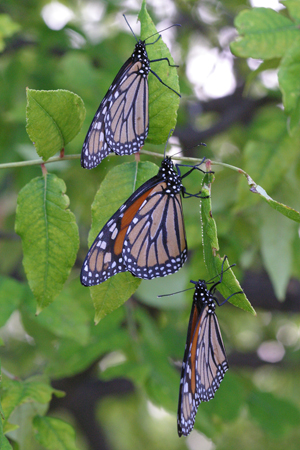Where have all the butterflies gone? If you think there are fewer butterflies, and just plain bugs, on your windshield compared to a few years back, you’re probably right. Recent studies point to alarming declines in both insect and butterfly populations.
Most scientists think that the primary causes for these declines are the many changes we humans are making to our environment. As we replace plant-diverse rural landscapes with simplified urban and suburban streets and lawns, we reduce habitat abundance and food supply for butterflies, among other insects. One of the hardest hit species is the Monarch, whose 2018 populations are at historical lows and down 14% from last year.
The National Wildlife Federation is cooperating with Native Plant Society of Texas to try and slow the decline. The idea behind their most recent project is to persuade more people to devote parts of their home landscapes as butterfly habitat. By providing nectar sources, food plants and safe habitat for migrating Monarchs and other butterflies we help them better adapt to a changing world.
This year these folks will be offering a series of Monarch butterfly-oriented workshops around the state. The first class is scheduled for Spring, Tx on January 25th. It’s an intensive, day-long course covering the basics of monarch biology, conservation and habitat creation. Participants will be trained to pass on their knowledge to others in a grassroots effort to drive change in the way Texans shape the environment.
If you’re interested and would like to learn more, check out the website and registration page.
Consider it payback for the pleasure Monarchs give every spring and fall, and an investment in your grand kids’ enjoyment of nature.

